Our Seogwipo Travel Essentials include all the important information you need to enjoy a holiday adventure to Jeju Island's Seogwipo. We'll look at the local climate so you can determine the right time to travel, along with basics like power outlet style, emergency phone numbers and currency. We will also discuss how best to get to your hotel and explore the city.
This guide can help you find some of the greatest things to do in town whether you're looking for special events or attractions that are available all year long. With this handy guide, you can plan the ultimate holiday to Seogwipo.
When is the best time to travel to Seogwipo?

- The climate in Seogwipo varies greatly based on the season, with hot summers and cold winters, though it's pleasant for most of the year.
- Rain is most common in August, when it receives an average of 36.1 centimetres of precipitation, though June is quite rainy as well.
- The warmest months are July through September, with highs around 29 degrees Celsius throughout the months, peaking in August at around 30.2 degrees.
- The best time of year to visit Seogwipo is in the spring with its comfortable temperatures and relatively rare rainfall. If you want to get away from the crowds, however, winter can be suitable for travellers who don't mind the cold.
Seogwipo basics
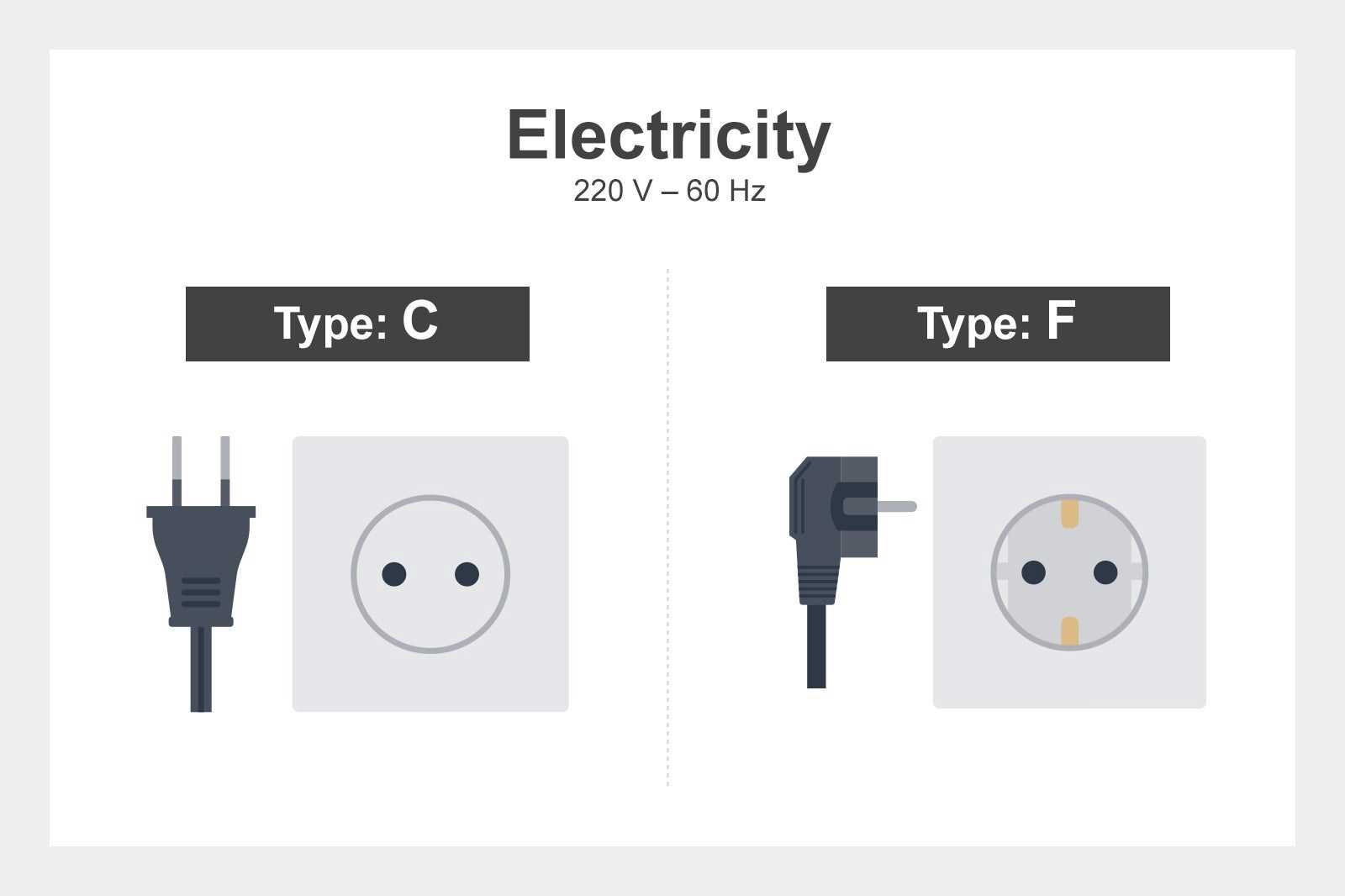
- Plug type: Seogwipo uses Type C and Type F outlets, so you'll need an adapter for UK plugs.
- Electricity: Seogwipo, like the rest of South Korea, uses 220 volts at a standard frequency of 60 Hz.
- Currency: This town uses the South Korean won.
- International dialling code: The international dialling code here is +82.
- Emergency telephone number: The emergency number for fire and ambulance is 119, while police services can be reached at 112.
Bekijk ook dit
- 10 Great Restaurants in Seogwipo

10 Great Restaurants in Seogwipo
South Korea - 10 Best Things to Do After Dinner in Seogwipo

10 Best Things to Do After Dinner in Seogwipo
South Korea - 10 Best Things to Do in Seogwipo

10 Best Things to Do in Seogwipo
South Korea
How to get to my hotel in Seogwipo?

It's fairly easy to get to your hotel in Seogwipo whether you're travelling from the mainland or straight from another country. With an international airport on the island and bus service that can get you to the city from there, arriving at your hotel in Seogwipo is one of the easiest aspects of your trip.
Airports
Flying into Seogwipo means flying into Jeju International Airport, which is about 26 miles from the city. The airport is located in the city of Jeju, which is a little over half an hour away.
Major train stations
There are no train stations in Seogwipo. If you're travelling by train from somewhere like Seoul, the closest train station would be Mokpo Station in southern Mokpo. From there, you'll have to drive to Haenam Usuyeong and take the ferry or take the car ferry straight from the Mokpo ferry terminal.
Ports
While you can't travel directly to Seogwipo via ferry, you can get to Jeju City's port from a variety of different locations including Wando and Busan.
foto door 螺钉 (CC BY-SA 3.0) bewerkt
How to get around Seogwipo?

Travel tips
Seogwipo is fairly easy to get around regardless of your travel preference, but it's important to know that the city is laid out longways in a thin line along the coast. While getting around the central part of the city is easy, journeying from one side to the other means travelling about 15 to 19 miles. This means bus rides will take some time, and taxi fares can be steep when travelling that length.
Underground system
There is no underground available in Seogwipo. In fact, the entire Jeju Island is devoid of underground and even above-ground trains. You'll have to find another way to travel.
Taxi and rideshare apps
Taxis are common throughout Seogwipo, including those that can take you throughout the town and all the way to the airport on the other side of the island. Given the number of competing taxis throughout the city, prices tend to be affordable. However, if you have to go far, such as travelling from the city centre to Jungmun, prices can be steep. Rideshare apps aren't available in Seogwipo. South Korea doesn't allow them in general due to pressure from the local taxi industry.
Bus network
Seogwipo has a comprehensive bus network throughout the city that spreads from the city centre to Jungmun to the west, branching out on both ends to service some smaller surrounding towns and villages. Most bus lines depart from the city centre and cost about 1,000 won to ride. You'll also find long-distance intracity buses that can take you as far as Jeju City on the other side of the island.
Car hire
If you're looking to hire a car in Seogwipo, you'll find plenty of options available no matter what type of car you're looking for. You just need to have a driver's licence in your home country as well as an international driver's licence for at least a year. Additionally, you have to be at least 21 years of age. Parking is fairly easy throughout the city.
Bike hire
Cycling in Seogwipo is fairly easy, but that's just the beginning, as local bike paths extend around Jeju Island, making it easy to travel on 2 wheels. You'll also find find bike hire throughout the city, especially in the city centre.
What are the main annual events in Seogwipo?

Seogwipo Chilsimni Festival (서귀포 칠십리축제)
- When: November
- What: The Seogwipo Chilsimni Festival is designed to preserve the traditions and customs of the area, showing them off in a parade with traditional clothing and food.
- Where: Chilsimni Plaza
Seogwipo Canola Flower International Walking Festival (서귀포 유채꽃 국제걷기대회)
- When: March
- What: This is a spring walking festival in which participants can walk along several different paths that are surrounded with blooming flowers. The courses include a 5 km course, 10 km course and 20 km course.
- Where: Jeju World Cup Stadium
Seogwipo Yahae Festival (서귀포 야해페스티벌)
- When: August
- What: At the Seogwipo Yahae Festival, local artists present live musical performances on stages at night to show off their talent and the local sounds of Seogwipo. Performances are held outside for open-air fun.
- Where: Pyoseon Beach
What are the main landmarks in Seogwipo?

Seopjikoji (섭지코지)
Seopjikoji is a picturesque cape that has been used in a variety of films and allows travellers enjoy stunning views and scenery. You can take in the picturesque ocean vista here along with the vibrant field of canola flowers. A fire station built from volcanic rock is also located here, along with a lighthouse with white colouring that contrasts with the dark mount it's built on.
Lee Jung Seop Street (이중섭거리)
Lee Jung Seop Street is named after an artistic genius who painted the exquisite beauty of Seogwipo, and the street has several of his paintings on display. The public gallery on the edge of the street is completely free to access. The street also hosts regular markets and festivals.
Jeongbang Waterfall (정방폭포)
Jeongbang Waterfall is a stunning waterfall close to the ocean with a size that varies depending on how much rainfall it has experienced recently. At most, it can be up to 8 metres wide. In terms of height, the waterfall is massive, falling 23 metres to the pool below. A local legend states that the spirit of a dragon that lived at the foot of the falls can foster good health and bring rain to those who enjoy the water.
Yakcheonsa Temple (대한불교조계종 약천사)
Yakcheonsa Temple is a Buddhist temple belonging to the Jogye Order that features impressive architecture and programmes allowing visitors to experience Buddhist customs and culture with a temple stay. It's constructed in the traditional Jejudo architectural style and features one of the country's largest Vairocana Buddha statues in the Dharma hall.
Dit artikel bevat persoonlijke meningen van de Go Guides-redactie. Hotels.com compenseert auteurs voor hun artikels die op deze site verschijnen. Een dergelijke vergoeding kan reis- en andere kosten omvatten.
Begin met het plannen van je reis
Accommodaties in Seogwipo
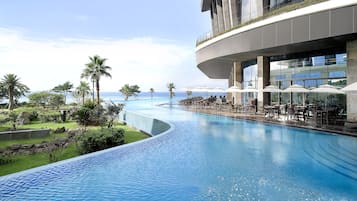
Parnas Hotel Jeju
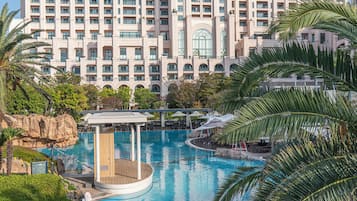
Lotte Hotel Jeju

The Shilla Jeju

Grand Josun Jeju
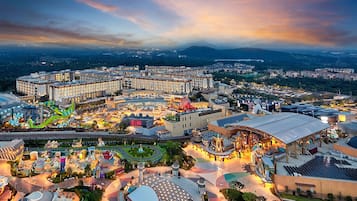
Landing Jeju Shinhwa World Hotels & Resorts
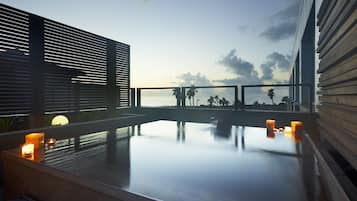
Haevichi Hotel and Resort Jeju

Shinhwa Jeju Shinhwa World Hotel & Resorts

GoldOne Hotel & Suites

The Siena Resort

Somerset Jeju Shinhwa World
Gerelateerde verhalen
- 10 Great Restaurants in Seogwipo

10 Great Restaurants in Seogwipo
South Korea - 10 Best Things to Do After Dinner in Seogwipo

10 Best Things to Do After Dinner in Seogwipo
South Korea - 10 Best Things to Do in Seogwipo

10 Best Things to Do in Seogwipo
South Korea - 10 Best Things to Do for Couples in Seogwipo

10 Best Things to Do for Couples in Seogwipo
South Korea - 10 Things to Do in Seogwipo on a Small Budget

10 Things to Do in Seogwipo on a Small Budget
South Korea - 10 Best Family Things to Do in Seogwipo

10 Best Family Things to Do in Seogwipo
South Korea - 7 Best Places to Go Shopping in Seogwipo

7 Best Places to Go Shopping in Seogwipo
South Korea - 10 Best Local Restaurants in Seogwipo

10 Best Local Restaurants in Seogwipo
South Korea
